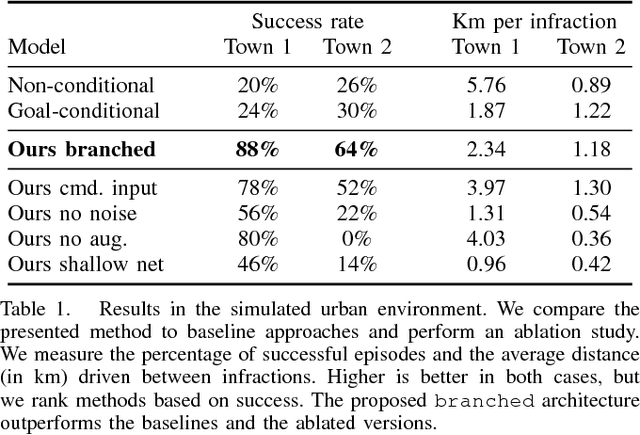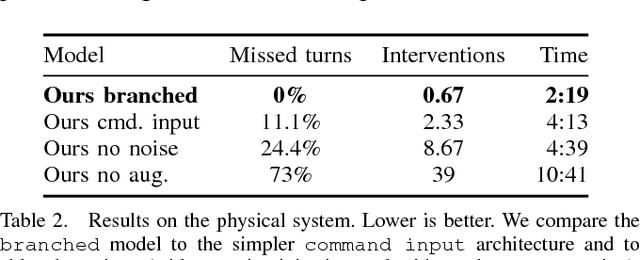Antonio López
Variable Rate Deep Image Compression with Modulated Autoencoder
Dec 11, 2019



Abstract:Variable rate is a requirement for flexible and adaptable image and video compression. However, deep image compression methods are optimized for a single fixed rate-distortion tradeoff. While this can be addressed by training multiple models for different tradeoffs, the memory requirements increase proportionally to the number of models. Scaling the bottleneck representation of a shared autoencoder can provide variable rate compression with a single shared autoencoder. However, the R-D performance using this simple mechanism degrades in low bitrates, and also shrinks the effective range of bit rates. Addressing these limitations, we formulate the problem of variable rate-distortion optimization for deep image compression, and propose modulated autoencoders (MAEs), where the representations of a shared autoencoder are adapted to the specific rate-distortion tradeoff via a modulation network. Jointly training this modulated autoencoder and modulation network provides an effective way to navigate the R-D operational curve. Our experiments show that the proposed method can achieve almost the same R-D performance of independent models with significantly fewer parameters.
End-to-end Driving via Conditional Imitation Learning
Mar 02, 2018



Abstract:Deep networks trained on demonstrations of human driving have learned to follow roads and avoid obstacles. However, driving policies trained via imitation learning cannot be controlled at test time. A vehicle trained end-to-end to imitate an expert cannot be guided to take a specific turn at an upcoming intersection. This limits the utility of such systems. We propose to condition imitation learning on high-level command input. At test time, the learned driving policy functions as a chauffeur that handles sensorimotor coordination but continues to respond to navigational commands. We evaluate different architectures for conditional imitation learning in vision-based driving. We conduct experiments in realistic three-dimensional simulations of urban driving and on a 1/5 scale robotic truck that is trained to drive in a residential area. Both systems drive based on visual input yet remain responsive to high-level navigational commands. The supplementary video can be viewed at https://youtu.be/cFtnflNe5fM
 Add to Chrome
Add to Chrome Add to Firefox
Add to Firefox Add to Edge
Add to Edge